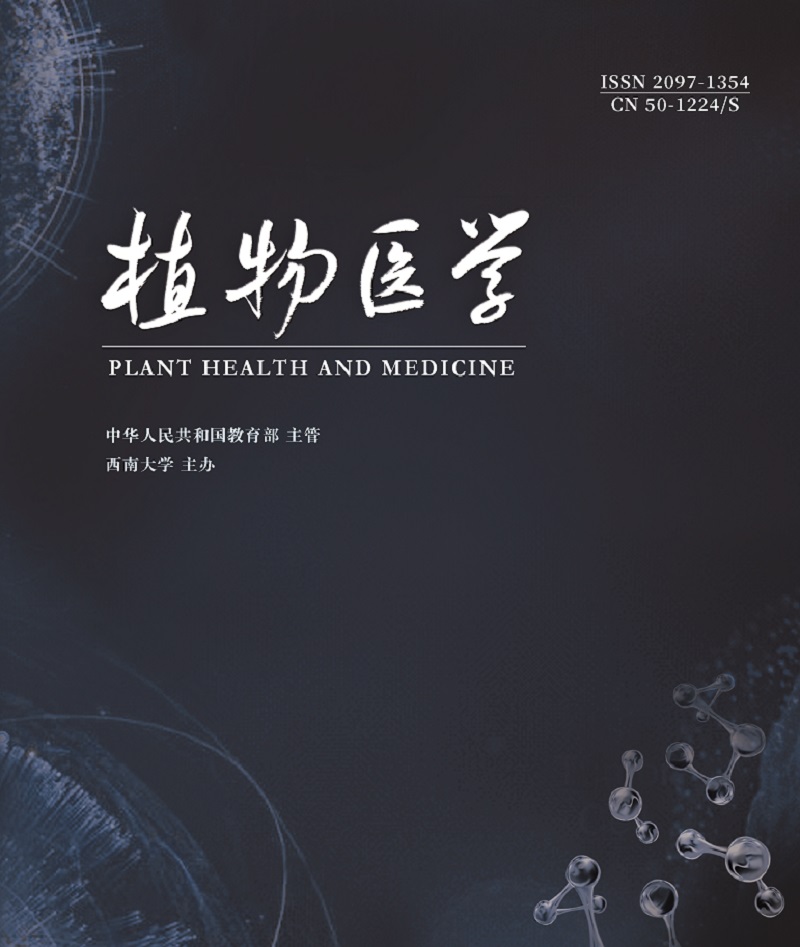Composition and Diversity of Fungal Community Structure of Sooty Mold in the Leaves of Three Street Trees
- Received Date: 15/09/2022
-
Key words:
- street trees /
- sooty mold /
- fungal diversity /
- high-throughput sequencing
Abstract: In this study, high-throughput sequencing technology was used to sequence the region of fungal amplicons from Cinnamomum camphora, Cinnamomum japonicum Sieb. and Ficus virens Aiton in Chongqing, and bioinformatic analysis was carried out for study of the fungal diversity. The results of diversity index showed that the diversity and richness of the sooty mold fungi in the same tree species in different sampling areas were different. For example, the shannon and simpson indexes of Ficus virens Aition in Daping Central Street of Yuzhong District in Chongqing and Cinnamomum japonicum sieb. in Luzuofu Street of Beibei District in Chongqing were significantly higher than those of Cinnamomum camphora in Heyuan Street of Yuzhong District in Chongqing and Ficus virens Aiton in Shuangyuan Street of Beibei District in Chongqing. The dominant phyla in the experimental samples is Ascomycota with an average relative abundance of 70.41%. The dominant genera were Capnodium, Cladosporium, Epicoccum and Aureobasidiumi, accounting for 16.98%, 7.17%, 6.70% and 6.23%, respectively. Cluster analysis and comparison between groups showed that the cluster distance of the same species was closer, and the difference was mainly concentrated in the non-core fungal community with low relative abundance. FUNGuild analysis showed that the proportion of saprophytic fungi was the highest in the fungal community of sooty mold disease in other tree species samples, except Cinnamomum japonicum Sieb. in Chongqing Academy of Agricultral Sciences of Jiulongpo District and Cinnamomum japonicum sieb. in Luzuofu Street of Beibei District in Chongqing. There was no significant difference in the species of core fungal communities among three street trees, but different planting environments and tree species may be important factors leading to significant differences in the structure, abundance and function of fungal communities.





 DownLoad:
DownLoad: